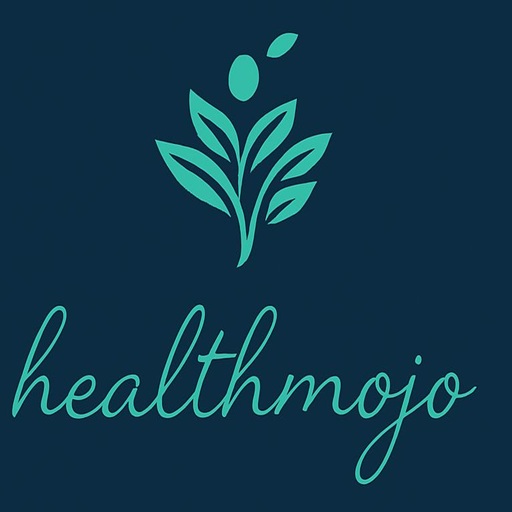A stroke, otherwise referred to as a cerebrovascular accident or C.V.A., happens when the blood supply to a portion of the brain is reduced or cut off, leading to a lack of oxygen and nutrients. Brain cells begin to die within moments. This can be ischemic (due to a lack of blood) or hemorrhagic (caused by bleeding into the brain).
A stroke is an emergency since it can lead to death or permanent disability. MedicalNewsToday states that stroke is the 5th most common cause of death in the United States, with one person perishing every four minutes due to it. For African Americans, it is the 3rd leading cause of death. About 800,000 people have a stroke annually, which is one every 40 seconds. Only heart disease, cancer, chronic lower respiratory diseases, and accidents are more deadly.
The signs and symptoms of stroke depend on which area of the brain is deprived of oxygen. In general, they include numbness, weakness, tingling, vision changes, confusion, changes in consciousness, difficulty speaking and understanding speech, and vertigo. Headache, nausea, and vomiting can additionally occur, particularly when the stroke involves bleeding within the brain.
Various factors can increase the risk of a stroke, such as
- being overweight,
- physical inactivity,
- smoking,
- high cholesterol, and diabetes.
- Personal or family history of stroke, heart attack, or T.I.A. can also make one more prone to it.
- Other risk factors include age (55+), race (African Americans), and gender (men).
Prevention is the best way to avoid a stroke. It involves controlling one’s blood pressure, cholesterol, and other factors, as well as quitting smoking and maintaining a healthy weight. Eating a balanced diet and exercising regularly are also recommended, as is limiting alcohol intake. Last but not least, if any symptoms of stroke occur, it is essential to call 911 immediately in order to receive treatment.
The acronym F.A.S.T. (face drooping, arm weakness, speech difficulty, time to call 911) can help to quickly identify the signs of a stroke.
Seek medical attention quickly to begin treatment if you or anyone close to you suffer any symptoms. Acute stroke therapies try to stop a stroke while it is happening by quickly dissolving the blood clot or by stopping the bleeding.
After stroke rehabilitation helps individuals overcome disabilities that result from stroke damage. Drug therapy with blood thinners is the most common treatment for stroke.




Leave a Reply